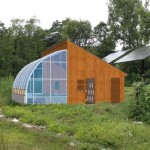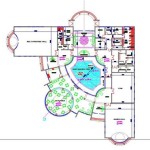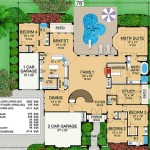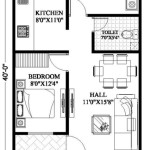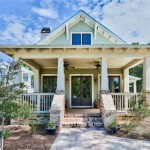Antebellum Home Plans: A Journey Through History and Architecture
Antebellum homes, originating during the era preceding the American Civil War, continue to captivate architects and homeowners alike with their timeless beauty and architectural significance. These stately structures embody the cultural, social, and economic values prevalent in the American South during the 19th century. This article delves into the essential aspects of Antebellum home plans, exploring their distinct features, historical influences, and enduring legacy.
Architectural Elements
Antebellum homes are characterized by their elegant and symmetrical facades, often adorned with intricate trim work and decorative details. The most common architectural styles include Greek Revival, which draws inspiration from ancient Greek architecture, and Plantation House, which emphasizes a sprawling and open layout with wide verandas and porches.
Plan Types
Antebellum homes typically feature a central hall plan with rooms arranged symmetrically on either side. The most common plan types include the single-story dogtrot house, the two-story I-house, and the grander L-house, which provides additional space for entertaining and accommodating large families.
Functional Spaces
Antebellum homes were designed to meet the needs of large, affluent families and their enslaved laborers. Essential spaces include the family quarters with private bedrooms, formal parlors, and a large dining room. Service areas, including kitchens, pantries, and laundries, were often segregated in separate buildings or wings.
Plantation Life
Many Antebellum homes were located on large plantations, where the economy relied heavily on agricultural production. These plantations typically included outbuildings such as barns, stables, and slave quarters. The architectural design of the main house and its surrounding structures reflected the hierarchical social structure of the plantation system.
Influences
Antebellum home plans were influenced by a variety of factors, including European architectural traditions, the local climate, and the availability of materials. Greek Revival style, with its emphasis on symmetry and classical details, was particularly popular due to its association with the ideals of the American republic. The warm climate of the South also influenced the design, with wide porches, verandas, and large windows affording shade and ventilation.
Legacy
Antebellum homes have left an enduring mark on American architecture. Their distinctive architectural features continue to inspire contemporary designs, evoking a sense of history and grandeur. Many Antebellum homes have been restored and preserved as historical landmarks, offering a glimpse into the social and cultural landscape of the antebellum era.

Southern Home Plans Plantation Style Wrap Around Porch

Plantation House Plans Deep South Style Home Floor

5 Bedrm 7433 Sq Ft Southern Plantation House Plan 153 1187

House Plan 86207 Plantation Style With 3805 Sq Ft 4 Bed 3 Bat

5 Bedrm 7433 Sq Ft Southern Plantation House Plan 153 1187

Plan 82641 Southern Style With 3 Bed Bath

5 Bedrm 7433 Sq Ft Southern Plantation House Plan 153 1187

Southern Home Plans Plantation Style Wrap Around Porch

Architectural Home Plans Prestwould Virginia Plantation Mansion W Co Historic American Homes

Plantation House Plans Monster

